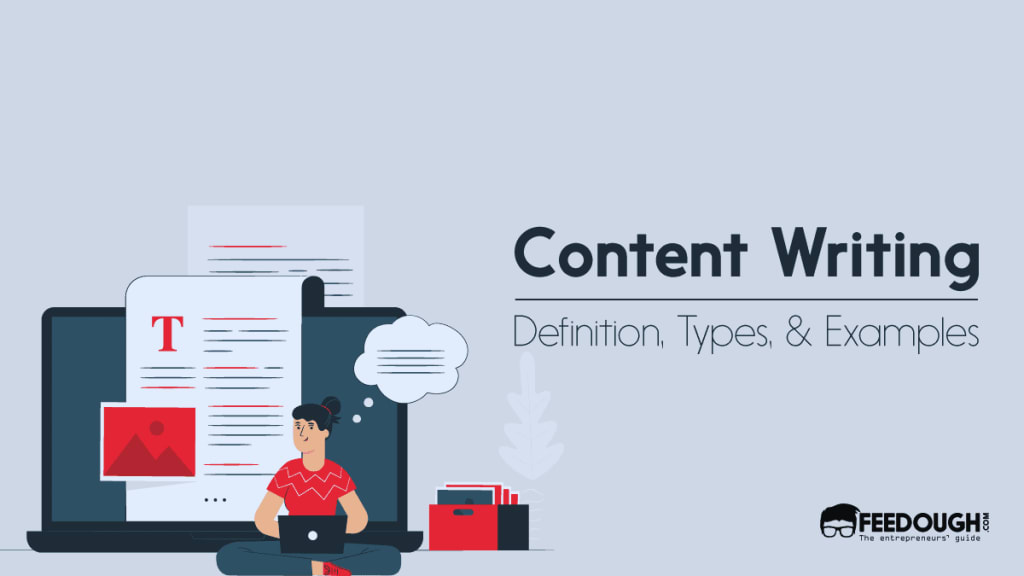
Blog posts:
These are typically written for websites or blogs, and can cover a wide range of topics such as news, opinion, reviews, how-to guides, and more. A blog post is a piece of written content that is published on a blog or website. It is typically written in an informal, conversational tone and is often used to share information, opinions, or ideas with a specific audience. Blog posts can cover a wide range of topics, such as news, politics, lifestyle, entertainment, and more. They can also vary in length and format, from short-form posts of a few hundred words to longer-form articles of several thousand words. Blog posts are usually organized chronologically on a blog or website, with the most recent post appearing first, and can be shared on social media platforms to reach a wider audience.
Social media content: This can include captions for posts, tweets, and other short-form content that is designed to engage with followers and promote brand awareness. Social media content refers to any type of content that is created specifically for social media platforms, such as Facebook, Twitter, Instagram, LinkedIn, and others. Social media content can take many different forms, including text, images, videos, infographics, polls, and more.
The main goal of social media content is to engage with a specific target audience and increase awareness of a brand, product, or service. Social media content can be used for a variety of purposes, including promoting products or services, sharing news or updates, answering customer questions or concerns, building brand awareness, or simply entertaining or engaging followers.
Social media content should be tailored to the specific platform and audience it is intended for, and should be designed to capture attention and encourage engagement. This may involve using eye-catching visuals, compelling headlines, and clear calls to action. Additionally, social media content should be consistent with a brand's messaging and overall tone, and should be regularly updated and refreshed to keep followers engaged.
Product descriptions:
These are written to describe the features and benefits of a product, and are often used on e-commerce websites or in marketing materials. Product description content is written material that describes the features, benefits, and specifications of a particular product. It is typically used in e-commerce settings, where it is crucial to provide potential customers with detailed information about a product to help them make an informed purchase decision.
Product description content should be clear, concise, and informative, highlighting the key features and benefits of the product in question. It should also be optimized for search engines, using relevant keywords and phrases to help the product appear in relevant search results.
Effective product description content should provide potential customers with a clear understanding of what the product is, how it works, and how it can benefit them. It should also be written in a tone that is appropriate for the target audience, and should avoid using technical jargon or industry-specific terms that may be unfamiliar to the average consumer.
Overall, the goal of product description content is to provide potential customers with the information they need to make an informed purchase decision, and to help them feel confident in their choice of product.
Ad copy:
This is written to persuade people to take a specific action, such as making a purchase or signing up for a service. Ad copy, also known as advertising copy, is written material that is used to promote a product, service, or brand. It is typically used in advertising campaigns across various media channels such as television, radio, print, and online advertising.
The main goal of ad copy is to persuade the target audience to take a specific action, such as making a purchase or signing up for a service. Effective ad copy should be attention-grabbing, engaging, and persuasive, with a clear call to action that encourages the audience to take action.
Ad copy can take many different forms, including headlines, taglines, slogans, body copy, and more. It should be tailored to the specific medium and audience it is intended for, and should be designed to stand out from competing ads.
To be effective, ad copy should be concise, using clear and simple language that is easy to understand. It should also highlight the unique features and benefits of the product or service being advertised, and should create a sense of urgency or excitement to encourage the audience to take action.
Overall, the goal of ad copy is to create a connection with the target audience, persuading them to take a specific action that will benefit the advertiser.





Comments
There are no comments for this story
Be the first to respond and start the conversation.